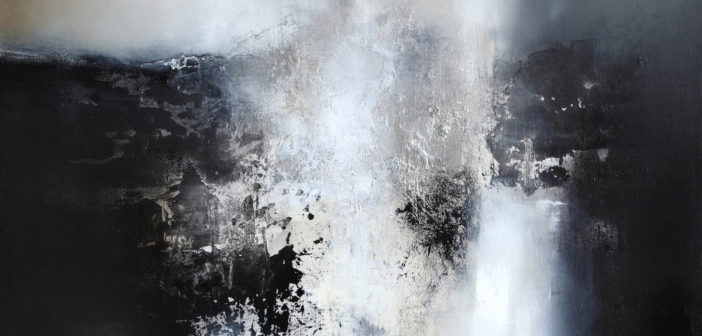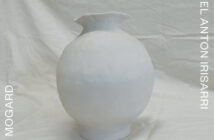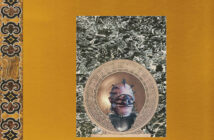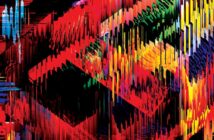I do love when packaging imagery and music slot together with some sense of perfection. Dutch abstract painter, Eelco Maan contributes to Erik Levander’s new digital/cassette release, Couesnon, a beautiful monochrome, which is reminiscent of a recently bushfire destroyed mountain, now covered in snow, in the process of exploding. This kind of monumentalism is exactly analogous to much of the sound of the album. It is large, dense music, sombre in tone but with a high amount of textural variety, strong in both its lightness and darkness. I’m not actually much of a fan of music removed from any sort of visual connections and this is one album for which I think the connection is well worth making.
For his part, Levander is not actually doing anything outrageous in the creation of his sounds. The basis is a vintage clarinet (the brand name lending itself to the album title), which is pushed and pulled through a myriad of electronic manipulations. It is not easy to actually discern the raw clarinet for much of the recording. Towers of reverberating, distorted feedback grow quickly out of the seed sounds of the clarinet and then hang around for a while, building walls of glacial sound. Pitch shifting is used to create synthetic harmonies, often in minor keys, to the monophonic clarinet. This use of distortion and reverb is really a shortcut to a sense of grandeur, and has been explored many times before. But, then again, the string quartet has been explored for centuries and this doesn’t stop new, interesting work being written for it. The bottom line is that Levander is successful in his building of sound worlds. The familiar tropes don’t get in the way of the sonic beauty he achieves.
There are nods to distinctly 21st century modes of production, with emphasised tape hiss and digital static often being a feature. Harmonically, grand chord structures are built – simple and slow moving but with enough twists and turns to stop them being merely perfunctionary. So, the closing coda of ‘I ögonblickens marginaler’, for example, which brings in what sounds like high string harmonies, is an epic melancholy crush of warmth amidst the frigid static of the distortion walls blaring all around. A clarinet is one of my favourite instruments in a timbral sense, but the diversity of sound that Levander creates with his processing of it is rather incredible. Deep bass drifts along, grounding the music, while the twinkles of simple melodies float above the white noise midrange. Nothing feels rushed and everything feels perfectly placed. And then ’Skådespelet’ sits as the centre of the whole album, where the digital manipulations are ‘played’ in real time, the constant rise from bass to treble of each pulse, sounding like they are being sucked out of the earth before smashing abruptly into the edge of the atmosphere. It makes for rather epic listening.
So I don’t mind at all that, on one level, Levander’s digital manipulation techniques are so, well, normal and ’simple’. Yes, anyone can bathe some sounds in reverb and distortion and make them sound big, but the fact that Levander’s are so well rendered means they work across the album to be deeply moving on both a physical and emotional level. He has taken the basics of 21st century laptop production and shown that an understanding of pacing, harmonic interest, light and dark and musical structure can lift the mundane into the transcendent.




